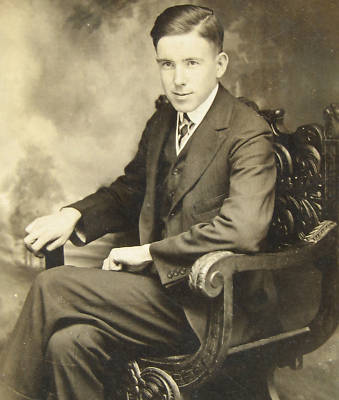Tumperkin asked if I would blog about characterization.

Having recently been inspired with a new project, I decided to set down my thoughts while I was still in the thick of creation. The way I form characters changes from project to project, but this is how I came up with characters for this project. Minute by minute! In excruciating detail!
When I said I was recently inspired, that inspiration actually resulted from several months of making lists of items/history/situations/issues I wanted to have in my new novel, and deliberate placement of those lists in what I call my “backbrain.” I sort of tell myself to “take these ideas and compost them together into a nice loamy dirt.” Recently, the ideas came together all in a rush, which is rare for me but pretty exciting! It was like one tiny new idea—this doesn’t have to be an alien planet!—suddenly popped to the surface of my mind. The other ideas that had been happily composting away then rapidly accreted to the new idea. I just imagined a magnetized rock, and a bunch of other things flying at it and slamming into it and all making a new thing.
Yeah, I know. Every time I try to put this process into words it sounds really stupid.

But on to the characterization. In this case, I knew before anything else the story would have a heterosexual romance. After that, I came up with the world. I had maybe three major elements of the world and a world-specific term for telepaths before I decided on a heroine. Her gender came first, and one of her major problems and her social position in the world close behind; I’m still pondering her race, because that will be an element of the worldbuilding I haven’t yet decided on. Her social position was a result of a couple of backstory events; I invented those on the spot without really thinking about them consciously (either that, or the process is so fast it feels that way!). Her backstory and the position I wanted her to have then gave me a hook; she reminded me of a male character in a book I’d read years ago, and that gave me hints as to how she might dress.
The villain, still vague, came into being from the heroine’s backstory.
The hero began with his role: to be the hero, and to be in opposition to the heroine, which led to his needs and why they aren’t being met. I realized I could get more complex conflict if he and the heroine shared a common enemy, the story’s main villain. The hero’s oppositional role came straight out of my rudimentary worldbuilding, and though I haven’t yet firmly decided on his race, either, that might end up being influenced by a picture I recently saw in a magazine. Or not. I also bitterly reflected on potential marketing in relation to different permutations of the characters’ races, and to the personality I wanted for the heroine.
All of that happened while I was on the elliptical at the gym. In the locker room, I made a few basic notes and went out to dinner. When I got home, as I came in the door I remembered a thought from the previous day, about how I liked certain old-fashioned male names now usually given to women, like Vivian and Ashley. I considered, but didn’t think either would work for this particular hero. My eye fell on the DVD I had out, and I chose Benedict for the hero.
I settled in with my laptop to start drafting a synopsis. It was only then that the heroine got a name. I’m not sure I’m sticking with the one I chose. Her first name needs a certain quirky feel to it, but the one I chose might be considered silly. It didn’t seem usable until I fashioned a nickname from it. Her last name, as well as that of the hero, and the villain’s name, I chose randomly from the bibliography of a nonfiction book I had to hand, keeping in mind how the full names scanned, and sounded when spoken. I also made sure none of the characters had names beginning with the same letter. I still might change the heroine’s first name; it might change based on her race, or just if I find something I like better.
Subsequent characterization usually happens, for me, as I write. These three characters will change based on the needs of the plot, and the plot will change based on their characterization (What do they need? Why can’t they have it?).
So, creating characters is totally not magic. Except it sort of is.

Loam, compost – it all sounds very organic. Great post.
LOL, it sort of is. My brain tissue is no doubt mushy enough to plant stuff in.
Another analogy might be soup stock. Then you get all the gelatinous remains of bones (story structure?) and rich flavors.
Pingback: Tweets that mention The Birth of Characters :: Victoria Janssen -- Topsy.com